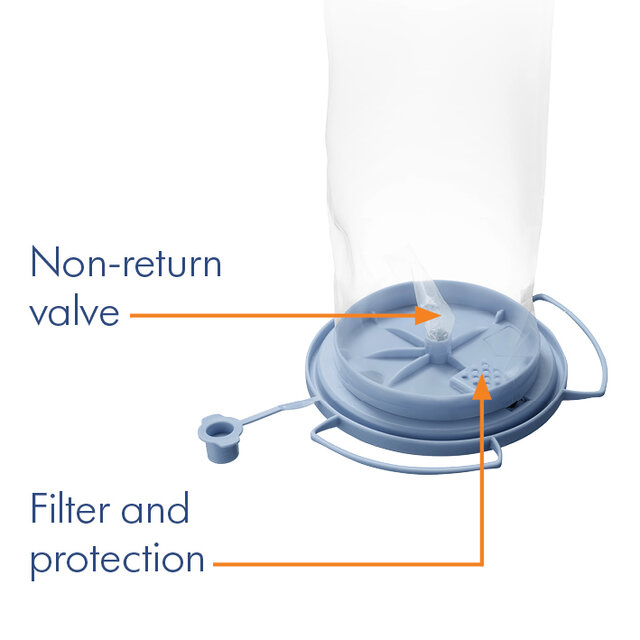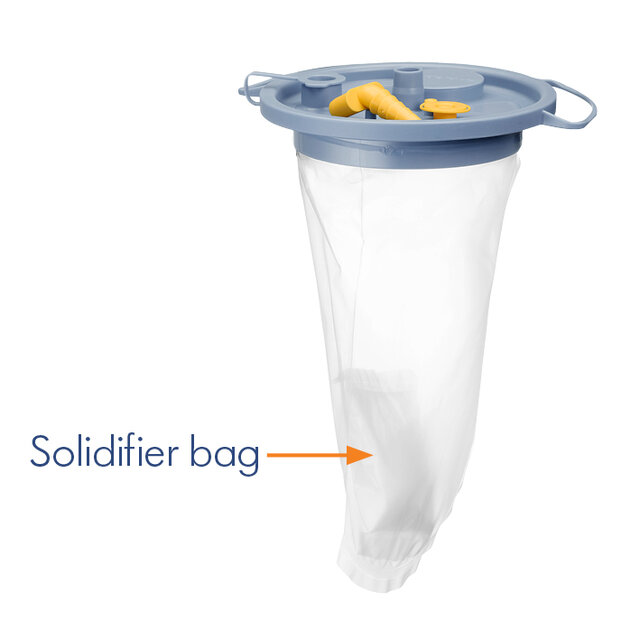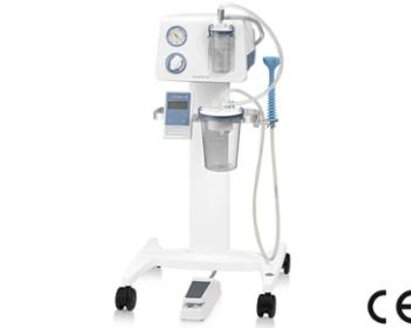Reduce Infection Risk With 4 Simple Strategies for Waste Disposal
If you want to reduce infection risk in your hospital, nursing home, or outpatient facility, treat every fluid collection system you handle as an infectious event waiting to happen.
Why? Because every splash, spill, spray, splatter, and airborne contamination:
- Is a serious event
- Can turn critical when untrained and/or unprotected staff are exposed
- May spread dangerous blood-borne pathogens, including HIV and hepatitis B and C
- Can lead to absenteeism, financial burdens on your institution, and emotional distress for affected staff.1

When pathogenic substances splash out of fluid waste containers among unprotected healthcare staff, it creates the perfect storm for the potential spread of dangerous infections.
In this article, we will focus on how the choice of fluid waste management products can help you reduce these infection risks and achieve greater infection control.

You can help ensure your fluid management system is optimally equipped to mitigate the risk of infections by relying on four basic, yet essential, principles.
1 Prevent infection with highly efficient filter systems:
Viral and anti-bacterial filters help keep out airborne contaminants as well as those that may result from suctioned fluid overflowing from the canisters. The use of filters is essentially mandated in the latest ISO 10079 recommendations as “a means to prevent contamination of the vacuum pump” in electronically powered suctioned equipment such as fluid containment systems.6
2 Contain fluids upstream with overflow/backflow protection:
Overflow and backflow of fluids from the canister into other parts of the suction system are constant sources of concern. The latest iteration of ISO includes a requirement for robust overflow protection.6 Make sure your system comes equipped with easy-to-use shutoff mechanisms, to counter the dangers of backflow and overflow.
3 Reduce infection risk through use of a solidifying agent
Solidifying agents can be extremely effective in helping to eliminate splashes, spills, and aerosolization of fluid biomedical waste that increase the risk of contamination and exposure.5,7 Importantly, when fluid medical waste is solidified it may be rendered non-infectious.8 In some areas of the world, this allows for the disposal of canisters as non-regulated instead of regulated medical waste.5 This has the potential to significantly decrease medical waste disposal costs for a healthcare facility.5 Check local regulations to determine if this applies to your institution.
4 Follow best practices with a proven disposable collection system:
≈80% of hospitals in the US have made the switch to disposables for better infection control.7
Facilities using disposable collection bags must still be sure to follow best practices to avoid exposure. These include always discarding disposables:7
- When the canister is full, removed, or when treatment is finished.
- In a non-patient care area designated for disposal.
- With the container properly sealed before it is transported to the disposal site.
- With everyone on the disposal team wearing the proper protective equipment.














